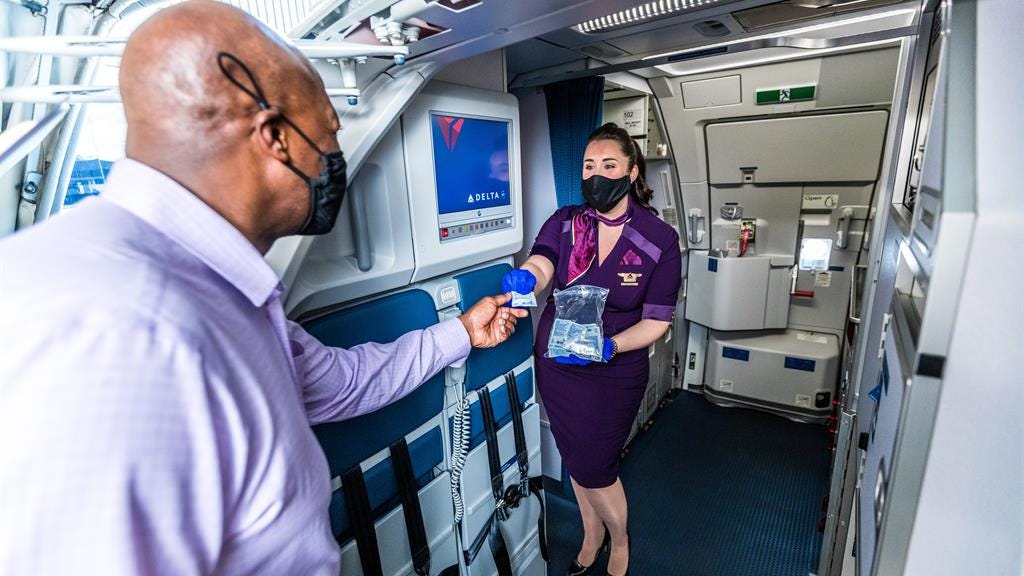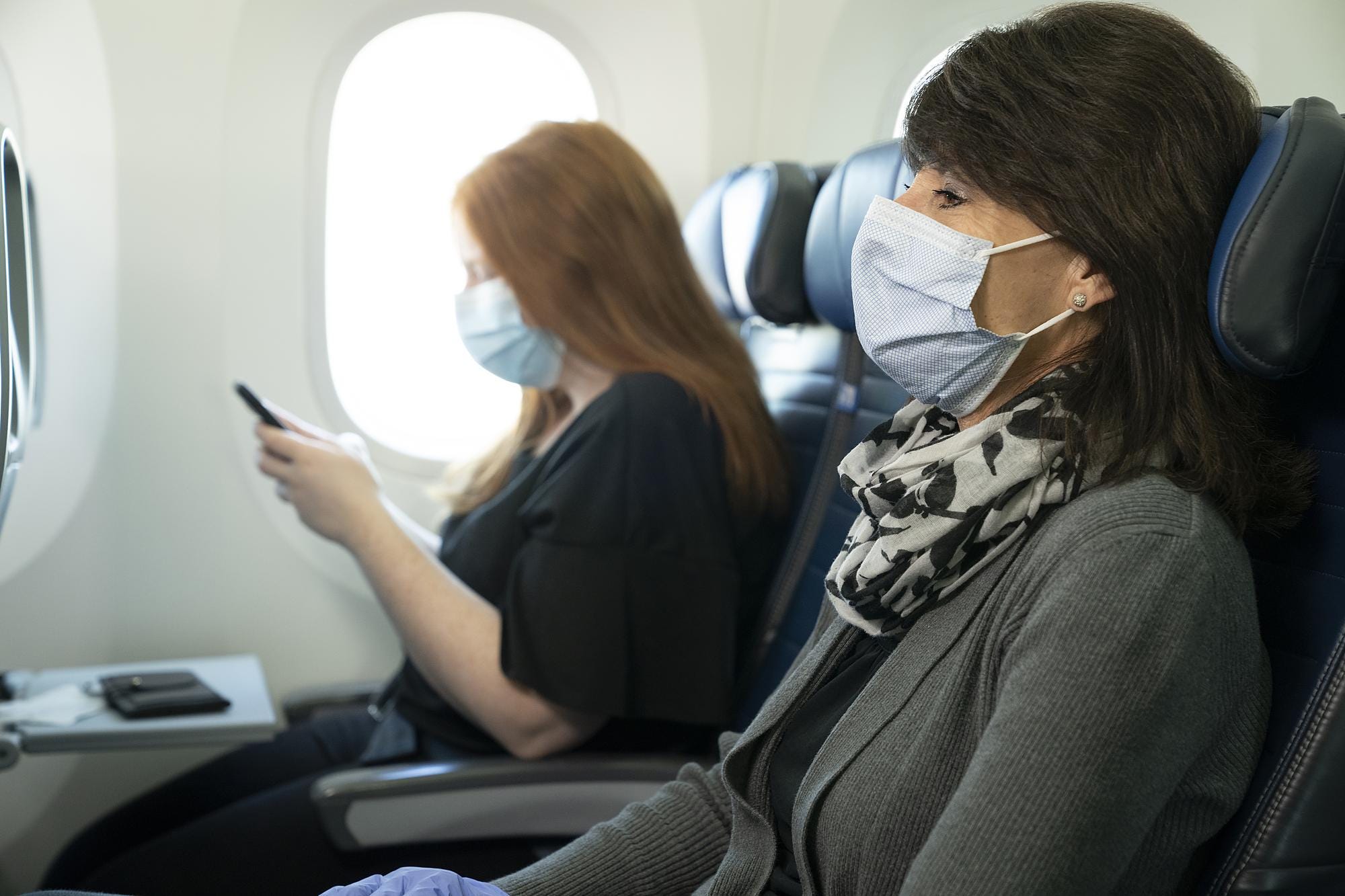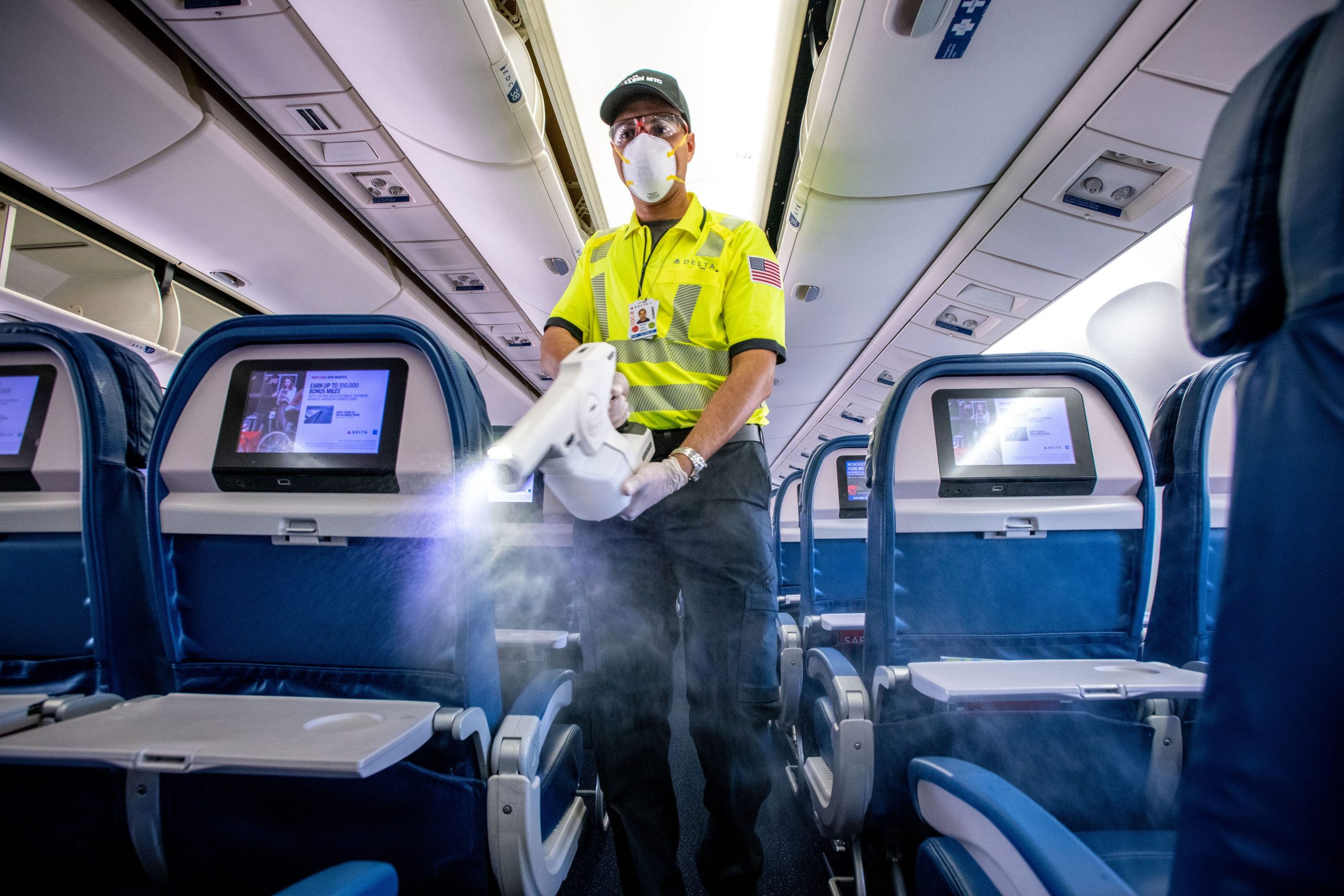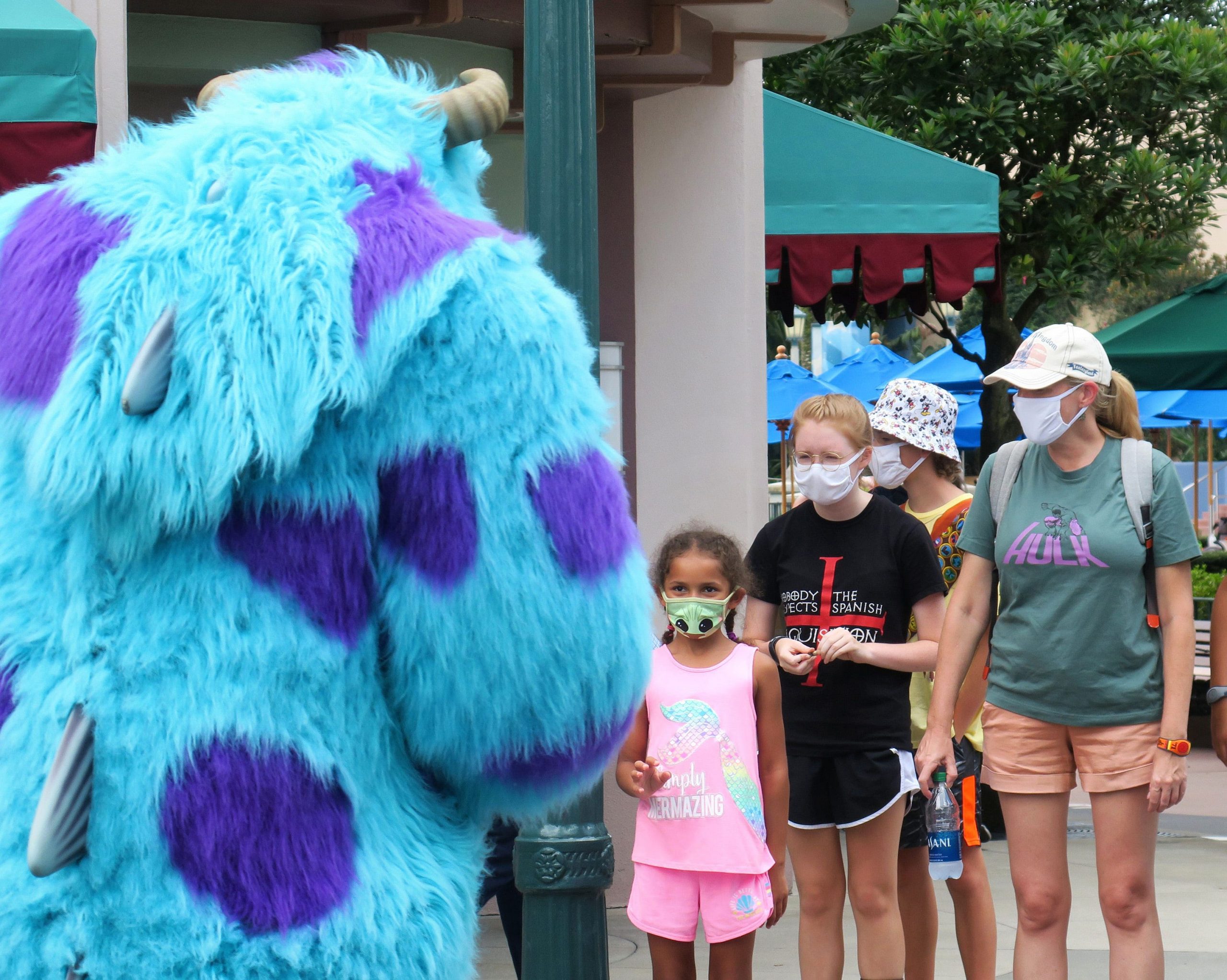
- Flight attendants and other airline workers have lower rates of COVID-19 than the general population, despite spending time in transit and in small, enclosed spaces.
- The data suggest that the various safety protocols airlines have adopted during the coronavirus pandemic are effective, according to airline executives and labor groups.
- However, that alone likely won’t be enough to convince people to start traveling again.
- Visit Business Insider’s homepage for more stories.
The novel coronavirus spreads when people are in close quarters for extended periods of time, breathing the same air, with little space between them. So you might expect airplanes to be the perfect environment for the transmission.
But some surprising data from airline workers show that is not the case. In fact, flight attendants and other airline workers have had a lower incidence of COVID-19 been lower than among the general population.
According to airline executives and union leaders, that’s a sign that safety measures airlines are taking on airplanes are having an impact.
“At United, but also at our large competitors, our flight attendants have lower COVID infection rates than the general population,” Scott Kirby, CEO of United, said on Wednesday at a forum hosted by Politico. “Which is one of multiple data points that speaks to the safety on board airplanes.”
“If the experience of flying was not safe, you’d expect our people to get sick,” Delta CEO Ed Bastian said on Thursday, speaking at the SAP Concur forum. “We track the health of our people. Our people are meaningfully less infected than the general population.”

United Airlines
American Airlines president Robert Isom made the same claim at a conference a week ago, noting that customer-facing employees had the lowest rates.
"The actions we have taken to ensure the safety and well-being of our team and customers are working," Isom said.
The data backs that conclusion. A little over 1,000 flight attendants nationwide have tested positive for COVID-19, according to data provided by the Association of Flight Attendants (the number includes their members, as well as members of other unions and non-unionized workers).
That's out of about 122,000 people who were employed as flight attendants in the US as of the end of 2019, according to the Bureau of Labor Statistics, or a 0.8% incidence.
There have been a total of 6.6 million confirmed cases in the US, according to data compiled by the New York Times. Out of a population of about 330 million, that's a 2% incidence.
"I really want to applaud our airlines and our airports who have really stepped up," Sara Nelson, president of the AFA, said at the Politico forum. "I think all of that is evidence that the policies that have been put in place and the practices that have been put in place have helped to really decrease the risk of spreading coronavirus and in a lot of ways really control it in air travel better than on almost any other place in our communities."
Why do airline workers seem to be safer?
As travel demand has plummeted during the pandemic, airlines have worked to implement new cleaning and safety procedures — and to loudly publicize them — to convince the public that flying is safe.
Every major commercial airline in the US requires passengers and crew to wear masks on board and in the airport, and airlines have rolled out new intense sanitization and cleaning procedures. United, for instance, has crews clean every plane after each flight with a disinfectant from an electrostatic sprayer.

Delta Air Lines
Airlines have also been quick to discuss the airflow pattern on aircraft. Rather than blowing front-to-back or side-to-side, cabin air comes from ducts in the ceiling and flows down to vents in the floor, a pattern that makes it difficult for airborne germs to spread between people.
While some cabin air is recirculated and mixed with outside air, it passes through high-efficiency particulate air (HEPA) filters, which capture 99.9% of particles between 0.1 and 0.3 microns in diameter, according to the CDC — including the SARS-CoV-2 virus.
Additionally, some airlines, including Southwest and Delta, have chosen to limit capacity and block the middle seat on their flights. Research has suggested that blocking middles seats halves the risk of transmission on flights, but also suggests that the overall risk is low either way.
All in all, the low rates among flight attendants and airline workers suggest that the combination of safety measures on board airplanes works.
But that might not be enough to jumpstart travel.
The larger problem for the airlines is that people don't have anywhere to go. They don't necessarily want to go to a place with a higher rate of the virus than home, and they're hesitant to go somewhere if activities are limited.

Joe Burbank/Orlando Sentinel/Tribune News Service via Getty Images
"The one thing about travel is people travel for some purpose. They don't travel just to travel," Bastian, the Delta CEO, said. "They need to understand are the hotels in a position to be able to keep them safe? Are the restaurants open? Are the casinos, are the theme parks, are the businesses open?"
"The question is broader than just our sector in air travel," he added. "It's the travel ecosystem."
Travel remains down roughly 70% compared to 2019 levels, US airlines have said, and some carriers are preparing to furlough workers on October 1 if federal assistance is not extended.
Still, the data is encouraging for the airline industry overall — and for anyone nervous about necessary travel.
